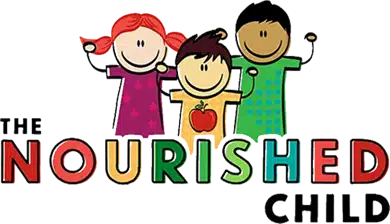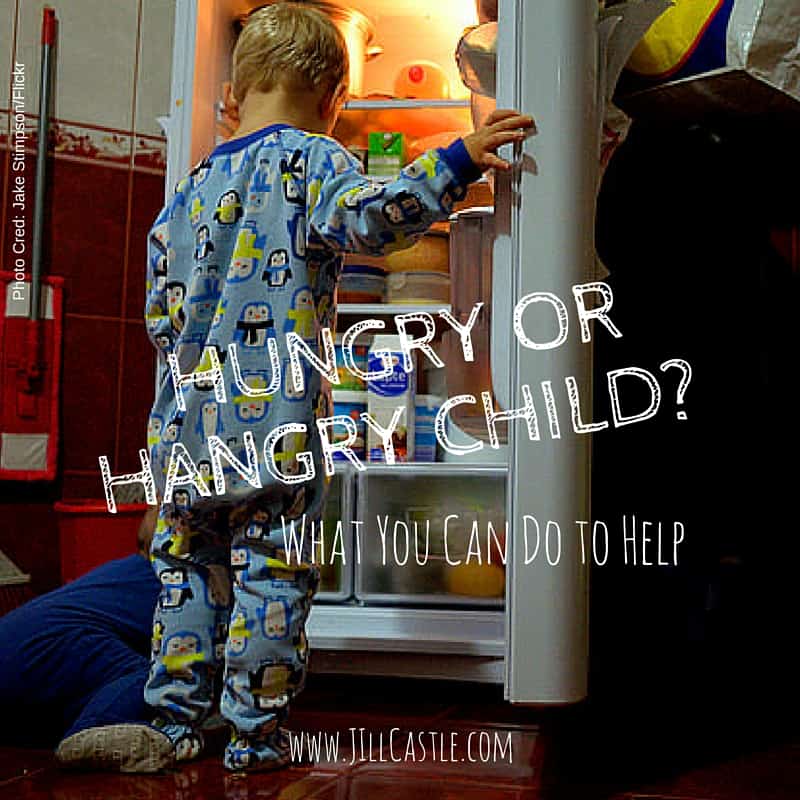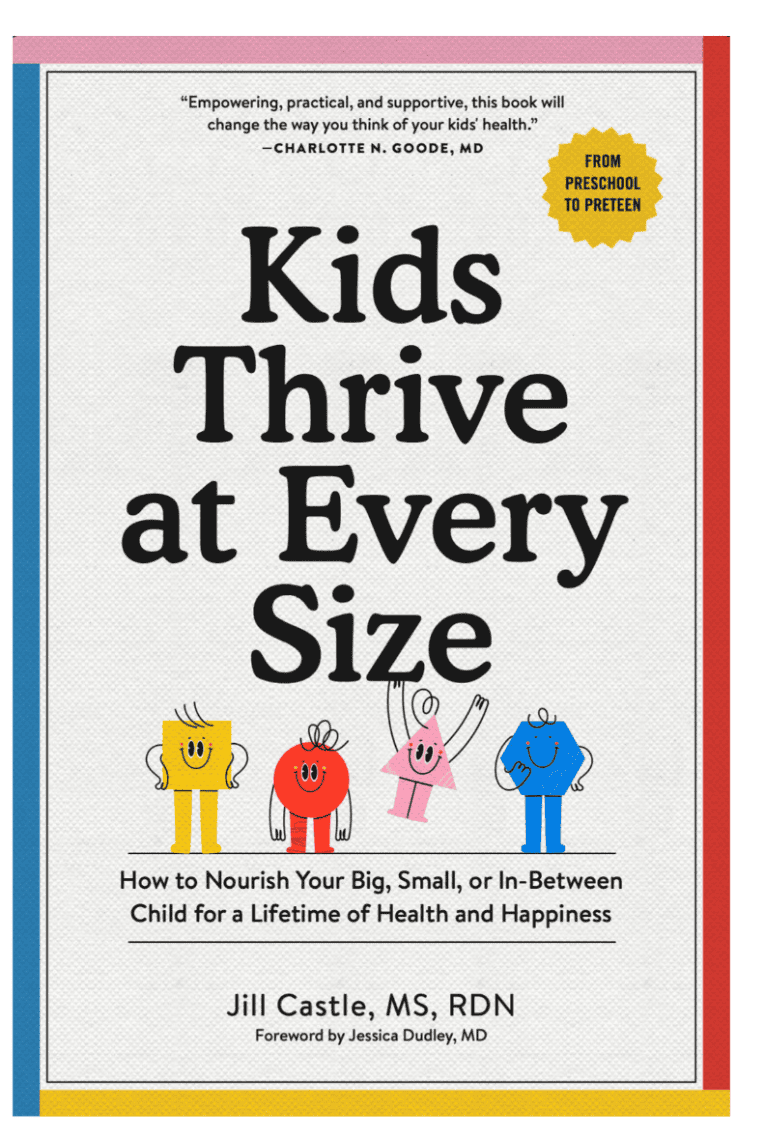Natural, Kid-Friendly Probiotic Foods for Your Child’s Gut
November 22, 2023
Learn about the benefits of probiotic foods for kids and where you can easily find them.
You’ve heard the phrase: Your health is your wealth. Well, if your health is your wealth, your gut health is priceless.
I should know.
A few years ago, I made a business trip to another country. During my stay, I acquired a parasite. (sad face) I became very sick and needed nearly a month of treatment with strong antibiotics and anti-parasitics to get rid of the parasite. After that, it took months to heal and rebuild the healthy gut I once had.
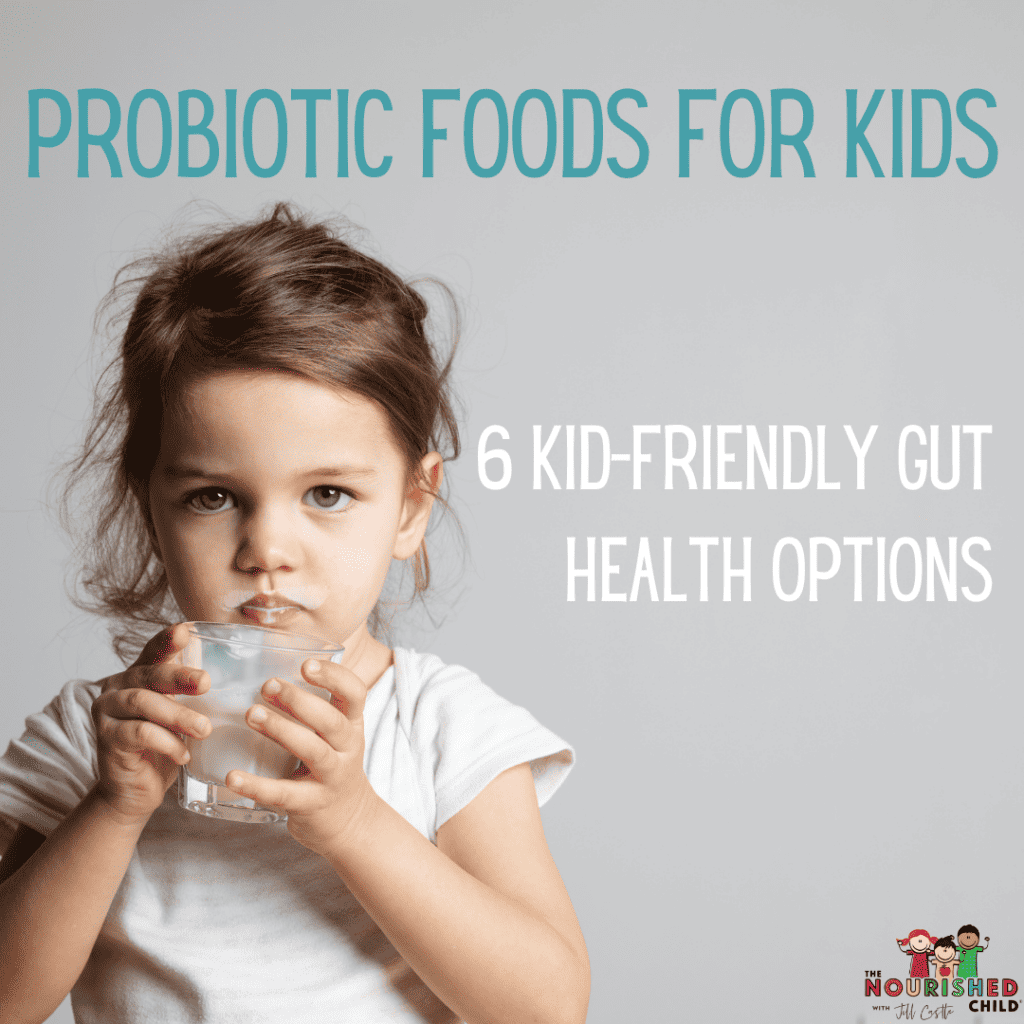
What is Gut Health and Why is it Important for Kids?
We all have a digestive system. It helps our bodies digest the food we eat so we can absorb nutrients from food.
Within our gastrointestinal tract, or gut, live trillions of bacteria.
Scientists call this our gut microbiome, which refers to the microsystem or environment within our digestive tracts.
Exciting and emerging research teaches us that our microbiome may be responsible for much more than food digestion, including:
- A happy, hopeful mood state (mental health)
- A robust immune system
- Prevention of chronic diseases
- Helps with a steady body size
Benefits of Probiotics and a Diverse Microbiome
Of course, when you have trillions of bacteria in your gut, some of them are going to be helpful, healthy bacteria, and some will be unhealthy, harmful bacteria.
The balance of good and bad bacteria in the gut influences your child’s overall health (and yours, too!).
While research has targeted the connection between digestive health and excess body fat, brain function, immune health and more, probiotics and fermented foods (or probiotic foods) are a common recommendation for helping the gut microbiome stay balanced and healthy.
Probiotics are “live microorganisms that, when administered in adequate amounts, confer a health benefit on the host,” according to a consensus panel from the Food and Agriculture Organization of the United Nations and World Health Organization (FAO/WHO).
Research on probiotics in children have suggested the following potential benefits:
- Reduces inflammation of the digestive tract in premature infants, and possibly prevents necrotizing enterocolitis (NEC)
- Increases the good bacteria in the microbiome of healthy, breastfed infants
- Prevents diarrhea in children taking antibiotics
- Reduces crying in babies with colic
- Reduces the likelihood and symptoms of eczema
- Prevents respiratory tract infections in day care and preschool
- Reduces symptoms of irritable bowel syndrome, or IBS (studies are from adult subjects, yet medical practitioners are applying these findings to children)
While many studies looking at probiotics and gut health have been completed, these study results highlight specific strains, or types, of probiotics.
Experts warn that long term benefits and effects of probiotics on health are still unknown.
What About Probiotic Supplements?
Dietary supplements including probiotics for kids may be a good option, especially if a child is experiencing diarrhea, which can wipe out friendly bacteria in the gut.
I’ve written an article on probiotics for kids, outlining some of the best probiotic supplements and their varied probiotic strains. One thing to note is that a probiotic supplement varies from brand to brand as they contain different strains of probiotics and combinations of them.
Each strain of probiotic has a different effect on the gut, depending on the individual’s gut microbiome.
Read: Best Probiotics for Kids
Before you do anything, check in with your child’s pediatrician and make the decision together – there are so many different probiotics available today!
Probiotic Foods for Kids Improve their Digestive Health
Fermented foods are basically foods with a natural source of probiotics because they contain live microbes. Fermented dairy products like yogurt and cheese are examples of probiotic foods and they have been associated with a reduction in Type 2 diabetes in adults. Experts point out it can be difficult to determine whether health effects come from live microorganisms or the nutritional quality of the food itself.
The bottom line: Foods with probiotic containing living cultures can add beneficial bacteria to the gut so your child can reap the health benefits.
In my work with kids, gut health comes up a lot. Parents are curious about whether they should start a probiotic, or not.
Generally, if a child is healthy or has gut issues like constipation or lactose-intolerance, I like to see families increase their consumption of fermented foods.
Of course, there are many foods in this category that children may not warm up to.
What is Fermentation?
Fermentation allows microbes, like yeast or bacteria, to break down food and give it other properties such as aroma and flavor. Yogurt is a source of live and active cultures, yet, there are several other fermented foods that offer friendly gut bacteria for your child.
The Best Probiotic Foods for Kids
Try these kid-friendly probiotic foods with your child!
1. Yogurt (with Live Cultures)
Made from milk that has been fermented with bacteria, yogurt has been shown to help with diarrhea and irritable bowel syndrome in children.
Not all yogurt is equal, though. Some yogurts have live cultures, which means there are active probiotic strains within the yogurt.
In other yogurts, the cultures have been killed during processing.
Tip: Choose yogurts with live or active cultures.
Here’s a guide for choosing the best yogurt for your child.
2. Kefir
Kefir is a fermented drink made from milk by adding kefir grains to cow’s milk or goat’s milk.
Personally, it’s one of my favorites and I’ve had great success introducing this option to kids, even picky eaters!
Even though kefir can have a sour flavor, many brands offer flavored versions like mango, strawberry and blueberry.
More potent than yogurt, kefir hosts a wide variety of gut-friendly probiotic strains. It’s also well-tolerated by people with lactose intolerance.
Tip: Offer a few ounces in the morning with breakfast.
3. Pickles
Pucker up! Pickles may be fermented in a solution of salt and water, or in a vinegar solution.
Cucumbers pickled with salt and water ferment over time. Coupled with the naturally present lactic acid in cucumber, this produces active cultures and a sour flavor.
Pickles made with vinegar are not a source of live and active cultures.
Tip: If you’ve never tried pickling cucumbers in salt and water, give it a whirl!
4. Buttermilk
Buttermilk may contain live, active cultures, however, the buttermilk products available in the grocery store may not contain live, active cultures due to processing.
Always check the label for evidence of cultures. Cultured buttermilk can be made at home and is started with live, active cultures added to fresh milk or cream.
The buttermilk is allowed to ferment, producing a cultured buttermilk. Cultured buttermilk can be an addition to baked goods like biscuits and to make delicious pancakes.
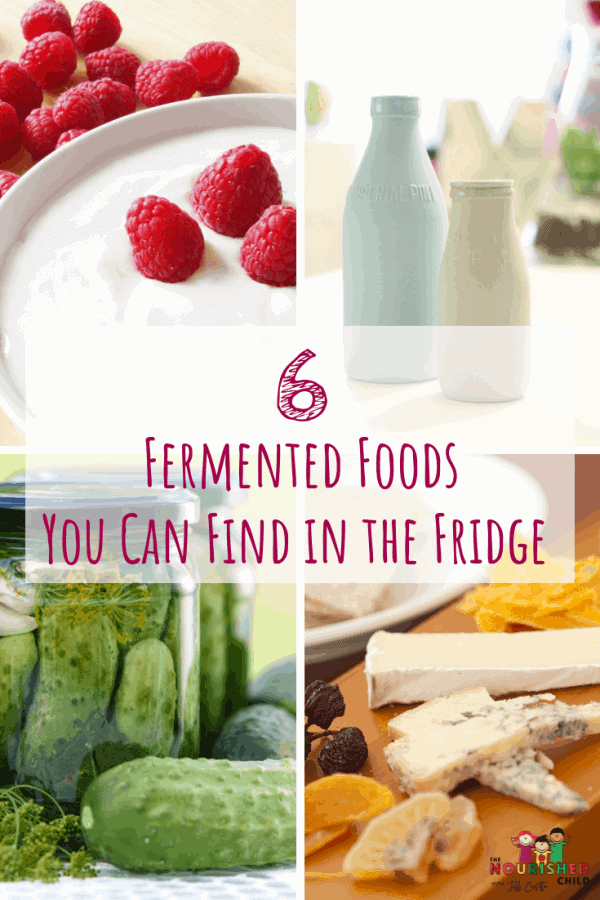
5. Cheese
Most cheeses are fermented, but only some cheeses are a source of live cultures. You can find them by looking for a label that states “with live and active cultures.”
Gouda, mozzarella, and cheddar cheese are examples that may contain living cultures.
6. Tempeh
Tempeh is a high protein meat substitute made from fermented soybeans. Fermentation lowers the phytic acid in beans, making nutrients like iron and zinc more available to the body for absorption.
The process of fermentation also causes the production of vitamin B12, which is not typically present in beans, making tempeh a nutritious meat alternative for vegetarians.
7. Sauerkraut
This is cabbage that has been fermented resulting in a tangy flavor. It’s excellent on a rueben sandwich! For young children, it may be an acquired texture and flavor (especially if you have a supertaster!), but like all foods, keep offering and exposing.
8. Kombucha
This drink is made from tea, sugar, bacteria and yeast and produces a fruity, bubbly beverage that feels more special because of the bubbles. You can purchase this commercially or try to make your own. There may be small amounts of alcohol present (less than 0.5%) due to fermentation.
9. Miso and miso soup
Miso is a fermented Japanese food with a strong smell and flavor. If you’ve ever had miso soup in a restaurant, you know how delicious it is. It contains live, active probiotic cultures. Irdering a serving of miso soup is a good way to introduce miso and its health-promoting gut health benefits.
10. Natto
A traditional soybean product from Japan, it is fermented soybeans. After fermentation, Natto becomes stringy and sticky, with a pungent odor and nutty flavor.
11. Kimchi
My son is hooked on kimchi. It’s made of chinese cabbage, chilis, garlic, ginger, salt and fish sauce or soy sauce. It’s spicy, sour and tangy – all at once! Add it to rice or scrambled eggs.
12. Sourdough bread
Who doesn’t like a slice of sourdough bread with a swipe of butter? Yes, please! Sourdough bread contains wild yeast and bacteria from a “starter” that is incorporated into the dough. Fermentation of the bread dough results in a tangy flavor to the bread. The ultimate probiotic content, however, is minimal due to the heat of baking, which kills the live microorganisms.
13. Acidophilus Milk
A probiotic drink made from fermented milk with the bacteria lactobacillus acidophilus. The fermentation process of this fermented milk drink results in improvement of digestive issues and immune function. If your child has a compromised immune system or a medical condition, speak with your healthcare provider first.
Which are your favorite probiotic foods for kids?
Need More Help with Feeding Kids?
- Check out the on demand library, programs and books at The Nourished Child.
- Read my latest book: Kids Thrive at Every Size: How to Nourish Your Big, Small, or In-Between Child for a Lifetime of Health and Happiness.


Jill Castle, MS, RD
I like empowering parents to help their children and teens thrive at every size with realistic advice centered on healthful habits around food, feeding, nutrition and health behaviors. As a pediatric dietitian and author, my goal is to share strategies and realistic advice to help you raise a healthy and happy child through my articles and podcast.
